Product feature
1.Jacketed heat exchanger not in contact with the influent
2.Boiling vessels in A-316/316L or special alloys
3.Heat pump loop for low temperature evaporator with compressor, Freon gas R407c or R134a.
4.Antifoam circuit with foam-detector and automatic injection system
5.Internal scraper controlled by gear motor to clean fouling and to improve the concentration degree.
6.Condensation with plate heat exchanger
7.Vacuum circuit with pump.
8.Automatic concentrate discharge with valves or pumps
9.Comprehensive Control System with Siemens PLC and Control Panel
10.Cleaning in place system for the inside of the evaporator, thus guaranteeing its continuous availability.
11.Machine with paneling to minimize the noise and optimize the performance of the machine at thermal level.
12.It is possible to build the machine, the parts in contact with the liquid, with a special material that is resistant to corrosion (SAF 2507 or TITANIUM) (effluent with a high chloride or fluoride, etc., content)
13.Remote control regulator can realize Internet of things, mobile phone visualization and alarm functions.




 Get a quate
Get a quate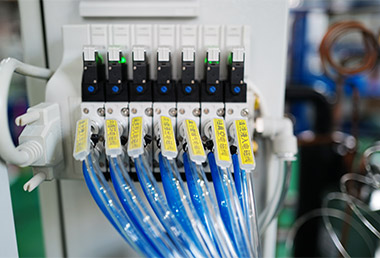
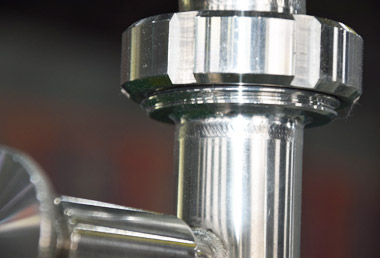
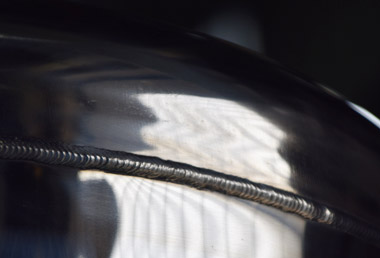

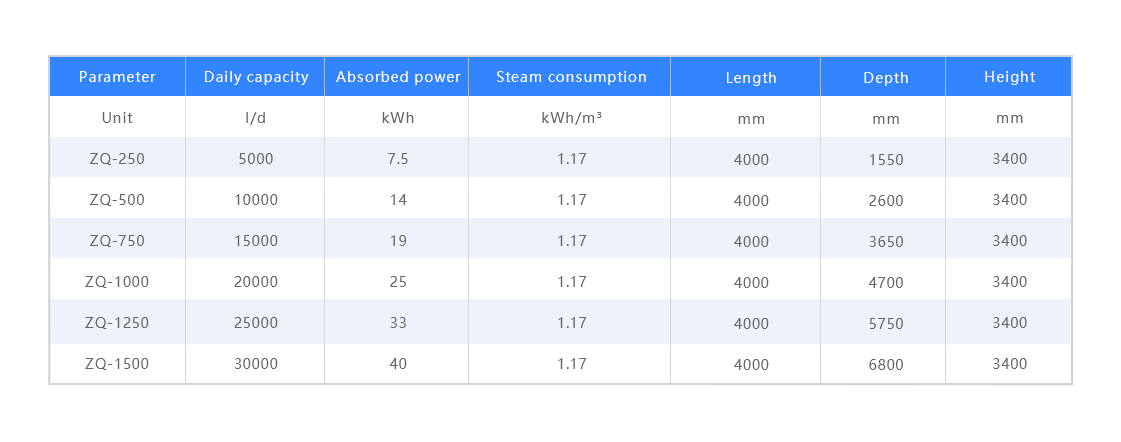




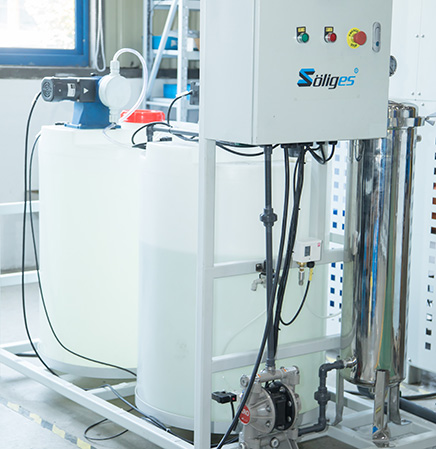

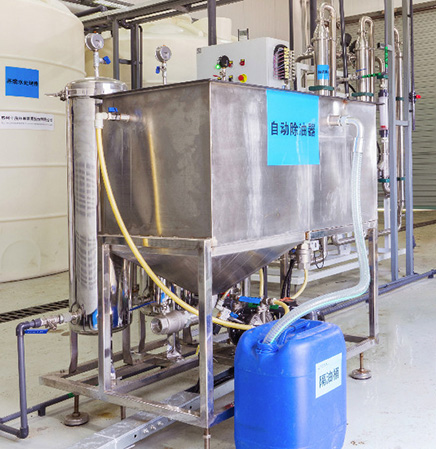
 Online consultation
Online consultation